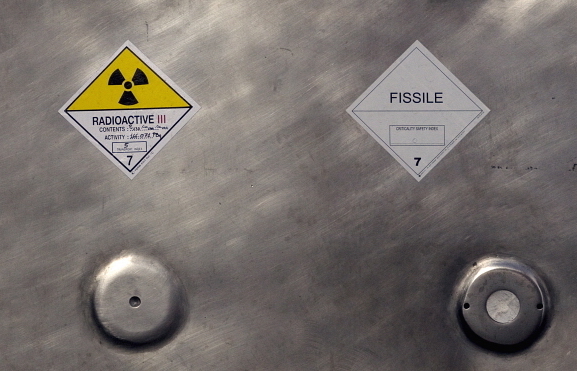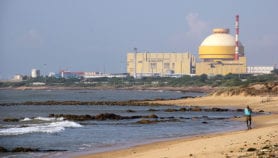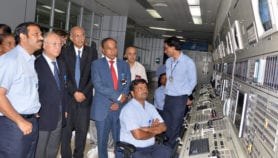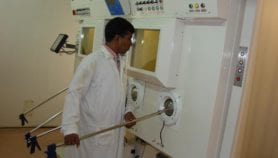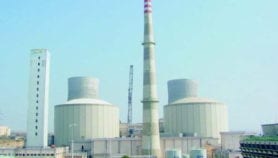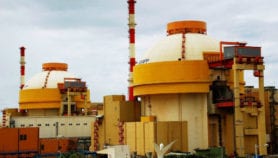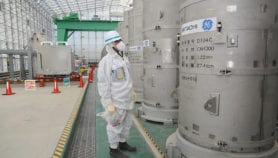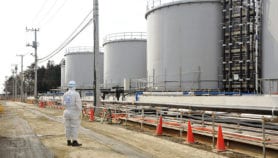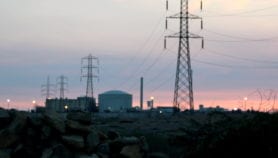By: Fatima Arkin
Send to a friend
The details you provide on this page will not be used to send unsolicited email, and will not be sold to a 3rd party. See privacy policy.
[MANILA] An element that is less radioactive and produces less nuclear waste than uranium is inching closer towards becoming an alternative fuel for nuclear energy.
Carlo Rubbia, one of the world’s top nuclear experts, said that one of the main reasons why the United States cut research on thorium in the 1970s is part of what makes it so attractive today — thorium is difficult to turn into a bomb. It is also about three or four times more abundant than uranium and produces roughly 200 times more energy than its cousin.
“Thorium is not for tomorrow but unless you do any development, it will not get there.”
By Carlo Rubbia, nuclear expert
Rubbia, a Nobel prize-winning particle physicist and former director general of the European Organization for Nuclear Research (CERN), cited heightened research efforts particularly in China and India on the naturally occurring metal named after the Norse god of thunder.
He spoke at the recently concluded fourth Global Young Scientists Summit held in Singapore (17-22 January). The event, which was organised by the Singapore National Research Foundation, gathered some 280 young scientists and 20 internationally respected science and technology leaders who have won several of the most distinguished awards in the field, such as the Millennium Technology Prize and Fields Medal. Topics discussed ranged from the speakers’ scientific adventures to the future of computing.
Rubbia, however, thinks that it is still a long way from forming part of South-East Asia’s energy mix during an interview with SciDev.Net.
“Thorium is not for tomorrow but unless you do any development, it will not get there,” Rubbia says.
According to the Paris-based International Energy Agency, which represents nearly 30 countries, South-East Asia’s energy demands are predicted to grow by 80 per cent from 2015 to 2040. South-East Asian leaders are increasingly looking into the potential of renewables to help meet their energy demands, which will rise to almost 1,100 million tonnes of oil equivalent in the next 25 years.
Aside from thorium, another much discussed energy source at the conference was solar.
Michael Grätzel, chairman of the scientific advisory board of the energy research centre at the Nanyang Technological University in Singapore and one of the speakers at the summit, discussed artificial photosynthesis, how the natural photosynthetic process can be mimicked in the laboratory, and how it can be scaled up to industrial levels.
Grätzel, who won the 2010 Millennium Technology Prize, which promotes life-enhancing technological innovation, tells SciDev.Net that his laboratory invented a new type of solar cell based on dye sensitized mesoscopic oxide particles that could be used to power hybrid cars in South-East Asia.
“Solar is a particularly attractive field in the region because you have a lot of sunshine and large land areas that can be used,” Grätzel says.
This piece was produced by SciDev.Net’s South-East Asia & Pacific desk.


